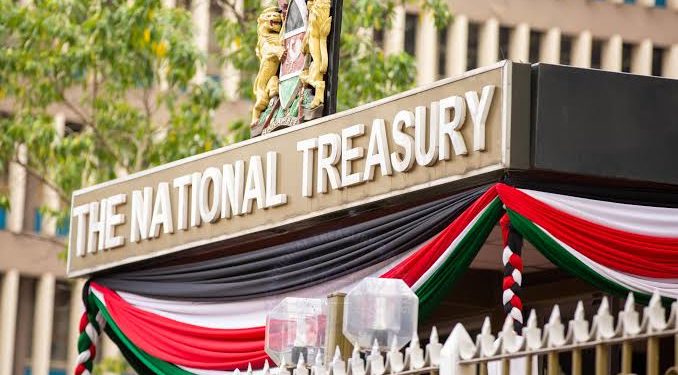The consolidated fund was established under Article 206 of the constitution and acts as the main bank account for the central bank. The national treasury maintains the consolidated fund service in an account called the exchequer account at the CBK. The fund is used to settle all amounts that are payable for public services. The fund is funded through taxes collected and loans received by the national government. Article 206 of the 2010 Constitution provides the following about the fund:
“There is established a Consolidated Fund into which shall be paid all money raised or received by or on behalf of the national government, except money that:
(a) is reasonably excluded from the Fund by an Act of Parliament and payable into another public fund established for a specific purpose; or
(b) may, under an Act of Parliament, be retained by the State organ that received it for the purpose of defraying the expenses of the State organ.
(2) Money may be withdrawn from the Consolidated Fund only;
(a) in accordance with an appropriation by an Act of Parliament;
(b) in accordance with Article 222 or 223; or
(c) as a charge against the Fund as authorized by this Constitution or an Act of Parliament.”
In this regard, the 2023–2024 financial year budget allocated an extra KES 178.5 billion towards financing the consolidated fund, which surpasses the KES 2 trillion mark. This has led to an increase in the total budget allocation to KES 3.86 trillion from the targeted KES 3.68 trillion. While the fund is used for debt repayment, increased debt redemption allocations have driven this move by the national treasury to increase the fund. The debt redemptions have been increased to 1.02 trillion from the existing KES 850.1 billion, while the interest payment allocation has been revised to KES 775.14 billion.
The director of the parliamentary budget office, Martin Masinde, confirmed that the principal debt redemptions have been excluded from the estimates of the 2023–2024 budget of KES 3.68 trillion. He argued that the debt redemption is below the line, which simply means that it is not included in the net external borrowing as well as the net domestic borrowing. The debt redemption and interest payments are the main items under the consolidated fund service. Therefore, the assumption is that the Treasury will have to borrow more money to repay other maturing debts—a process known as refinancing.

















